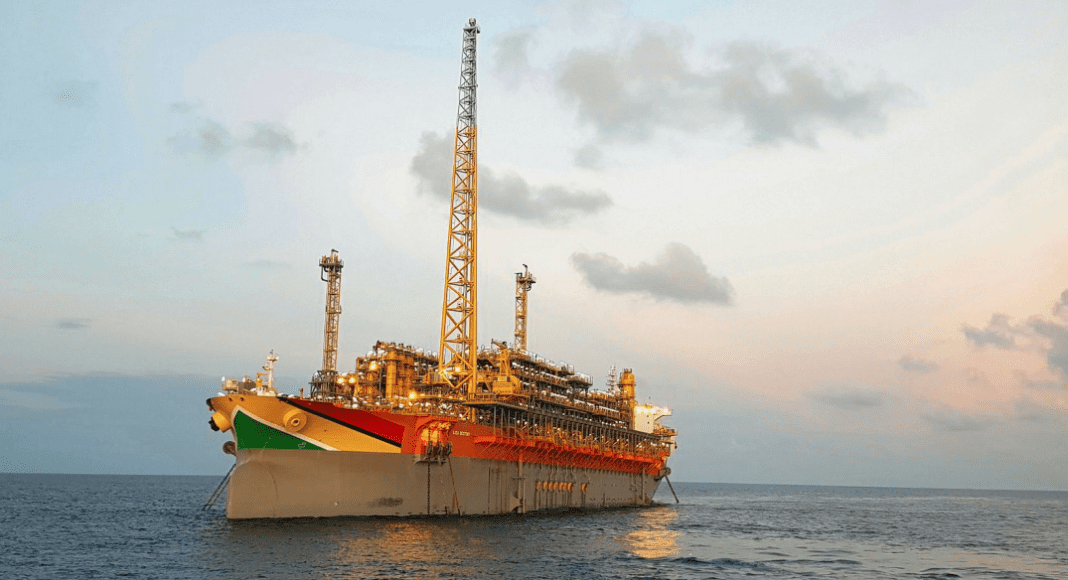As oil producers in the Latin America region mull a balancing act between petroleum extraction and sustainability, Americas Market Intelligence has predicted that the all-time high oil price brought on by the Russian invasion of Ukraine will delay the region’s transition to cleaner energy sources.
Energy Co-Director at AMI, Arthur Deakin, outlined this scenario for 2022 in a recent report on the Latin America Energy Sector.
“As 2022 unfolds, higher energy prices will lead to an inflow of capital investment and government revenues, improving living standards in several countries,” Deakin wrote.
However, he expects higher oil prices to divert funds away from low-carbon initiatives and towards fossil fuel investments.
“Surging oil prices during a time of fiscal austerity will delay the necessary diversification of the region’s economies, the decarbonization of heavy industry and the development of green energy. It is possible that certain Latin American countries will find themselves flat-footed in the middle of an energy transition.”
The transition, he said, will be delayed by the region’s dependence on oil royalties.
As the rising star of the region in the petroleum industry, Guyana finds itself at the centre of AMI’s forecast.
The country’s discoveries, fiscal provisions, and investor friendly government have edged out its neighbours in competitiveness, which sees it jumping to the top of the pile for oil and gas investment. AMI is joined by IHS Markit in seeing Guyana as one of the most competitive petroleum investment destinations in the region and the hemisphere.
Additionally, AMI’s 2022 outlook shows that Guyana is set to benefit the most from high energy prices in the Latin America region.
AMI Managing Director, John Price, wrote in his 2022 outlook, “Elevated prices threaten global growth, but they are a welcome boon to energy exporters, including: Colombia, Mexico, Brazil, Venezuela, Ecuador, Trinidad & Tobago, Bolivia, Argentina, and Peru, as well as emerging producers Guyana and Suriname.”
He explained that Latin American countries not restricted by production cuts imposed due to their membership in the Organisation of Petroleum Exporting Countries (OPEC) will be in a race to leverage high prices.
With the start-up of the Liza Unity floating production storage and offloading (FPSO) vessel earlier this year, combined nameplates of ExxonMobil’s offshore Guyana projects amount to 340,000 barrels per day – nearly three times what it was before. A third project at Payara is already approved and a fourth at Yellowtail is pending government approval. Exxon has also signaled that its fifth project at the Stabroek Block will be Uaru. By 2027, the South American country could be producing over 1 million barrels of oil per day.
The Guyana government, as a matter of policy, is keen on using its oil and gas resources to diversify its economy and transition to cleaner sources of energy. It intends to pipe gas to shore for power generation from the Stabroek Block and has a series of renewable energy projects lined up for execution, including the largescale Amaila Falls hydropower project.




